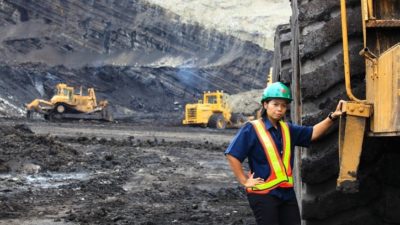Since Fortescue Future Industries entered the fray as a subsidiary of Fortescue Metals Group Limited (ASX: FMG), there have been plenty of discussions about how it will bring its green hydrogen vision to reality.
From the outset, the green energy company's goal of producing 15 million tonnes per year of green hydrogen by 2030 has been met with some scepticism. Given the current uneconomical structure for producing green hydrogen, these beliefs aren't without some reason.
Last week, the Smart Energy Expo in Sydney provided some additional context to the hydrogen challenge. So, are the Fortescue Future Industries (FFI) aspirations really possible?
What does Fortescue Future Industries need to do?
Scaling a nascent 'fuel' is not something that can be done overnight. By the International Energy Agency's (IEA) estimates, less than 0.1% of global hydrogen production is via water electrolysis. As such, going from zero to one will be a challenge for FFI — but, how much of a challenge?
Well, according to FFI New South Wales manager, Joshua Moran, there's a lot of work to be done. For production to reach the target of 15 million tonnes per annum, Fortescue Future Industries will need 450 gigawatts of renewable electricity generation.
The above number may not have much meaning when listed by itself, but here's the kicker. The International Renewable Energy Agency estimates that only 225 gigawatts of renewable energy were installed across the entire world last year.
Furthermore, Moran shared that 150 gigawatts worth of electrolysers will also be needed to make the operation a reality. Remarkably, this would be equivalent to roughly half of the entire electrolyser capacity in the world by 2030, according to Jefferies.
While this all seems pessimistic, it is important to keep in mind the potential for exponential ramping. Currently, the global rate of production of electrolyser capacity is 1 gigawatt to 2 gigawatts per year. There is a chance this rate could exponentially grow as renewables become cheaper.
According to IEA, the cost of green hydrogen production could fall by 30% by 2030. This is on the basis of realised economies of scale.
Progress so far
Already this year, Fortescue Future Industries have been busy pushing the needle forward on its new clean dream. A milestone moment for the company occurred with the commencement of construction of its first electrolyser facility in Gladstone, Queensland.
In March, FFI announced a partnership with Airbus to collaborate on developing green hydrogen for use in the aviation industry.
Meanwhile, the company has also earmarked Papua New Guinea and Argentina as potential locations for future green hydrogen projects.
However, Fortescue Future Industries is yet to produce any green hydrogen to date. FFI's parent company, ASX-listed Fortescue Metals Group, is trading 21% below where it was a year ago.








